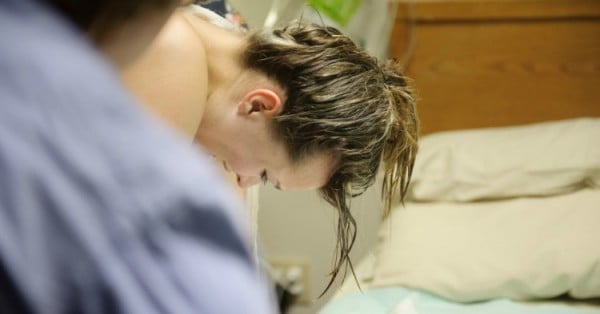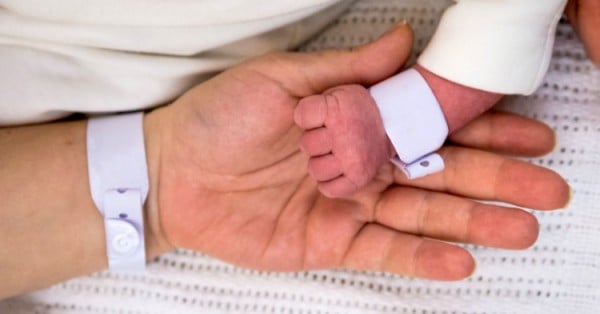
Image: Keeping Up With the Kardashians
Hannah Dahlen, Western Sydney University
Pain during labour and childbirth is a complex combination of physical and psychological factors. Pain comes from the uterus, cervix, pelvic joints and ligaments and, during the actual birth, from the vagina and perineum (the skin between the vagina and anus) stretching to accommodate the baby’s emerging body. But fear and tension make the pain much worse.
Mother Nature has not left us without assistance. As labour progresses, endorphins (natural drugs) begin to rise, making the pain easier to cope with, and time less relevant. Endorphins can make women feel a little spaced out and detached from their surroundings, making them disappear within themselves to a quiet space where they often find amazing strength.
Pain of labour is a central part of women’s experience of childbirth and the attitudes of midwives, doctors and support people can have a profound effect on the choices women make, their satisfaction with the birth and their memories of the process.
Watch: This is how the process of childbirth affects a woman’s bladder. (Post continues after video)


